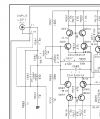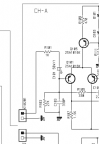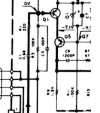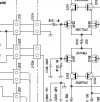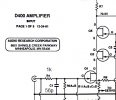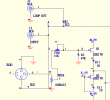After skimming the passive volume control review, I was starting to run some numbers with the idea of a simple note and maybe sim circuit or spreadsheet showing how a passive volume control can affect frequency response (as well as volume, natch). But, I realized that I have a decent idea of the input resistance for various amplifiers, but not a good idea of the input capacitance (I assume input inductance is negligible). I have some old, old numbers I have used that show around 100 pF but I don't trust that as a general reference. Most datasheets don't seem to spec anything or only Rin, and if they have Cin it is usually only for the phono input of an integrated amp.
Sooo, what have you amplifier designers/reviewers measured for typical amplifiers' line inputs? Any data? I confess it is not something I think about much , and a quick search revealed a lot of (make that "some") numbers for Rin but virtually none for Cin.
Curious, thanks - Don
Sooo, what have you amplifier designers/reviewers measured for typical amplifiers' line inputs? Any data? I confess it is not something I think about much , and a quick search revealed a lot of (make that "some") numbers for Rin but virtually none for Cin.
Curious, thanks - Don
Last edited:

